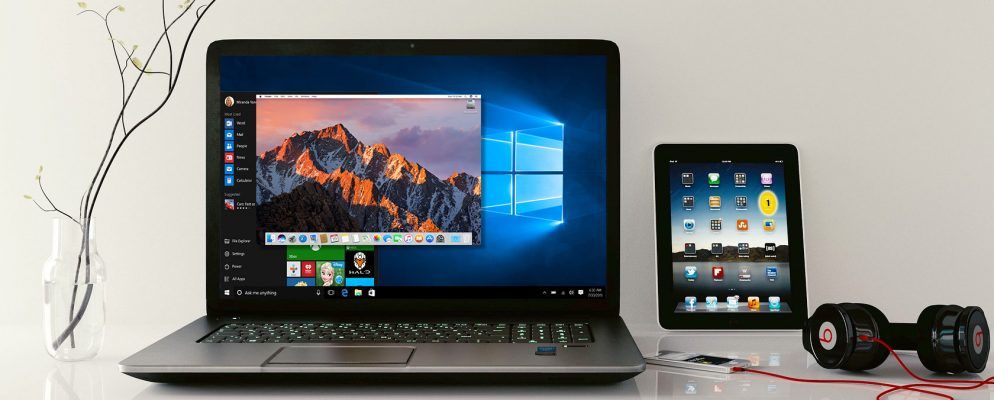How To Extract Installesd Dmg
I want to create a bootable copy of Mountain Lion, and I've been reading instructions on various forums, and they all say to copy the installESD.dmg file that's located within the Install OS X Mountain Lion.app. I was wondering, what is the difference between the two? I know once you install OS X, the app is deleted. What wouldbe the difference between copying Install OS X Mountain Lion to the USB vs copying InstallESD.dmg to the USB?
Oct 28, 2011 DMG is a disk image format used on Mac OS X and it is difficult to open on Windows computer. So, the guide below will let you people give a way to open DMG files on Windows through a free utility name HFSExplorer. Continue reading after the break to read the complete process to do that. How to Extract DMG File Data on Windows. I acquired a dmg file for the install of El Capitan and obviously when I run it on the Mac I got it to from my google drive it says I should make a bootable one using Mac OS Extended format. My question is how do I make this dmg file with the El Capitan install bootable? I really only have the file on my windows computer right now.
For instance, if your MacBook was released in 2014, don’t expect it to run any OS released prior of that time, because older Apple OS versions simply do not include hardware drivers for your Mac.But as it often happens, workarounds are possible. Os x 10.9 download dmg. There is still a chance to download the installation file if you have an access to a Mac (or virtual machine) running that operating system. Download El Capitan.“I can’t download an old version of Mac OS X”If you have a newer Mac, there is no physical option to install Mac OS versions older than your current Mac model.
Thanks very much 🙂
MacBook Pro (13-inch Late 2011), OS X Mountain Lion
How To Extract Installed Dmg Windows 10
Posted on
System Requirements of Niresh Mac OS X Mojave Hackintosh DMG for Mac OS X. Machine: Apple Macbook. Memory (RAM): 2 GB of RAM required. Hard Disk Space: 7 GB of free space required. Processor: Intel Dual Core processor or later. 